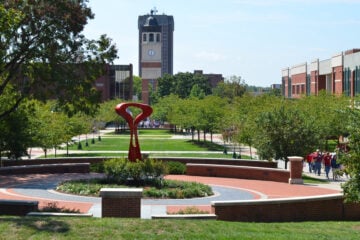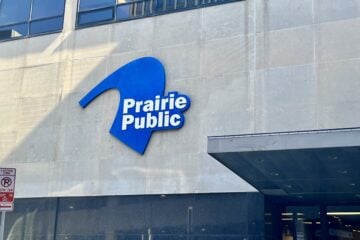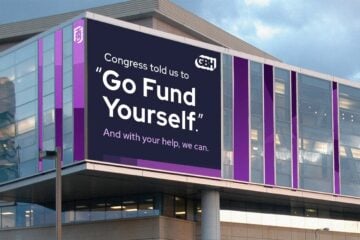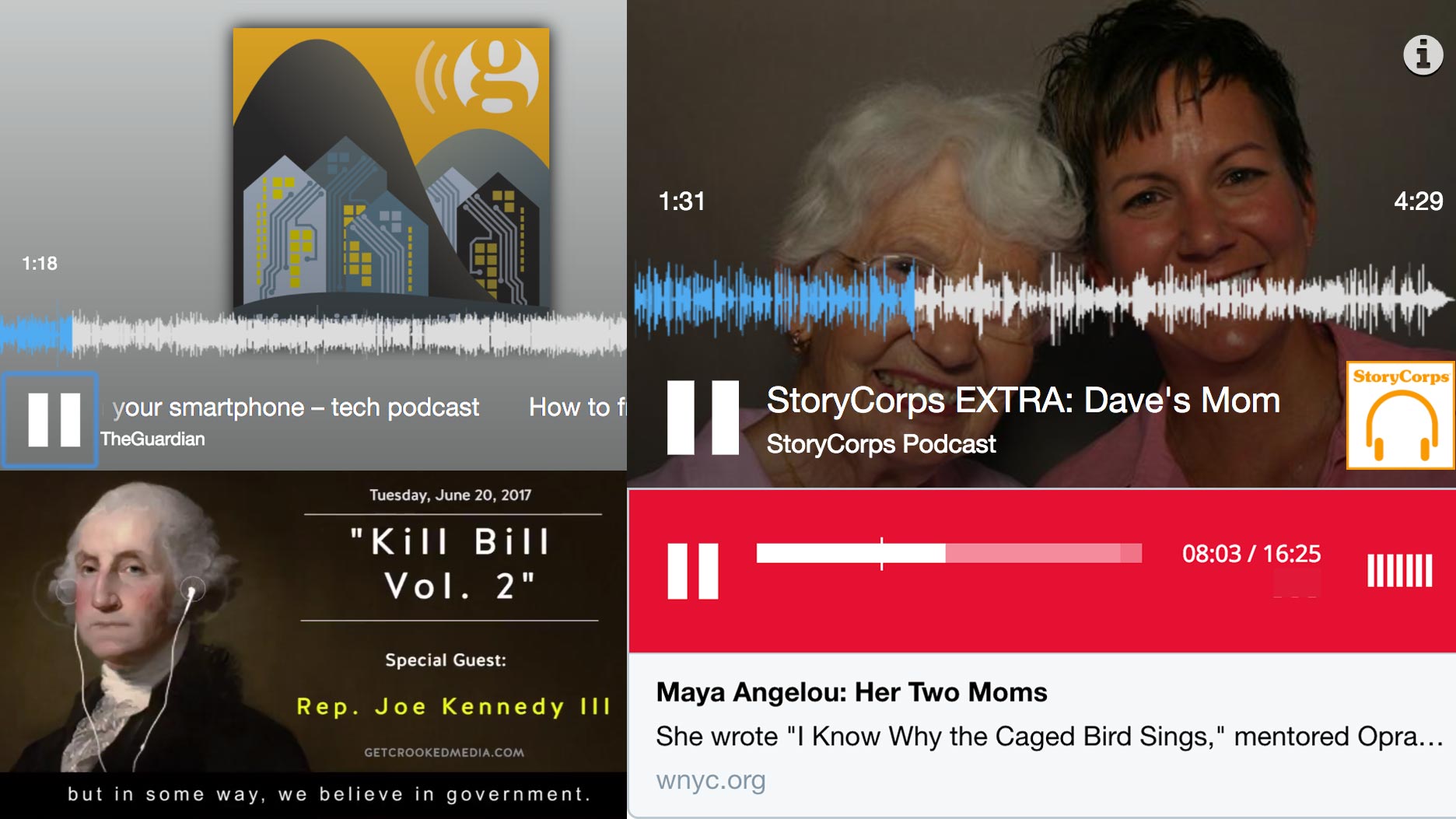Lobbying disclosures show historic spending by pubmedia groups
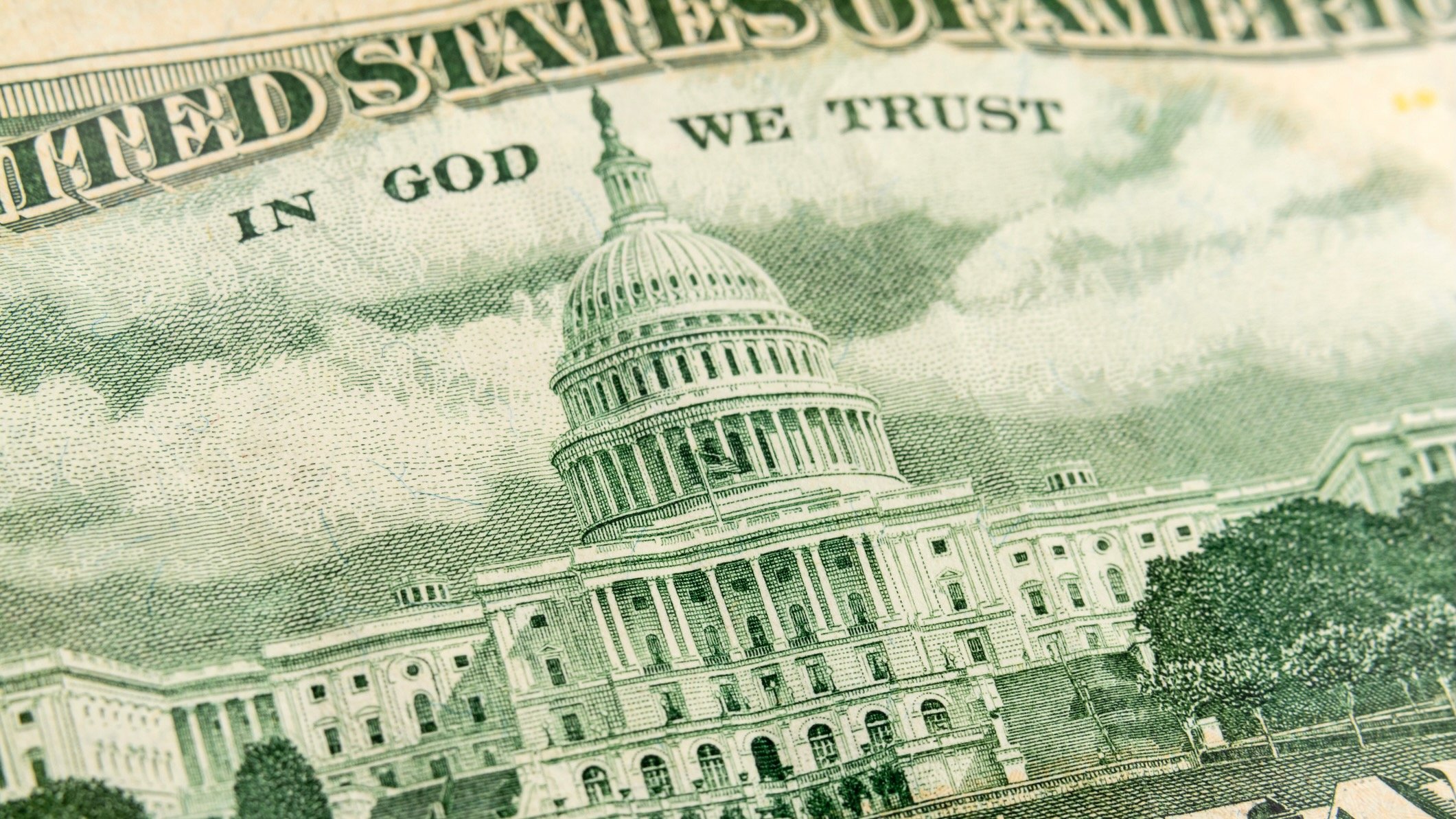
trekandshoot / iStock
Four minutes after midnight on July 18, the House of Representatives held the final vote to strip public media of federal funding. The vote bookended a months-long campaign by industry leaders to protect CPB and preserve its funding, which included advocacy campaigns, rallies and even in-person meetings with senators.
It also marked a period for the industry of record spending on lobbying.
In fact, nine public media entities, including NPR and PBS, have collectively broken the industry’s quarterly spending record in three out of the last four fiscal years. Employing more than two dozen lobbyists — some former congressional staffers, some direct public media employees — these entities sought to influence policy on a wide variety of topics, from NextGen TV to Ready To Learn to CPB funding.
Since 1999, the beginning of Congress’ lobbying records, public media organizations have spent around $48 million either employing outside lobbyists or registering their own staff as lobbyists. This includes several local stations and organizations, but over the past quarter century, they’ve contributed only around $1.9 million in spending, less than 4% of the industry’s total.
Public media’s biggest spender by far, as well as the industry’s longest-running lobbying organization, is America’s Public Television Stations. Founded in 1979 as the National Association of Public Television Stations, the nonprofit provides a variety of advocacy and consultation services for its 123 constituent television stations through a paid membership model.
Those membership fees allow APTS to not only engage lobbying firms but also to run its own team of lobbyists, organized under the nonprofit APTS Action Inc. Since 1999, the combined spending of APTS and APTS Action Inc. has been well over half the industry’s total: over $28 million, or about $1 million a year on average.
Compare that to public media’s flagship networks. PBS has spent only about $5 million on lobbying since 1990, while NPR has spent about $13 million, either directly through the network or through the American Coalition for Public Radio. Similar to APTS Action, ACPR is a child organization of NPR created to manage and run industry groups like the noncomMUSIC Alliance and the Alliance of Rural Public Media. ACPR also jointly runs Protect My Public Media with APTS Action.
In 2008, Congress began mandating that lobbying disclosures be filed quarterly instead of semiannually. That same year, public media set a spending record, $732,000, in the second fiscal quarter. That record stood for the next 14 years, with only one quarter in 2017 — when President Trump first proposed to end public media’s federal funding — that came close.
Then came the 2024 election.
As public interest in the election began to increase in the second half of 2023, Connecticut Public Broadcasting reengaged lobbyists for the first time since 2011, while two entities filed lobbying disclosures for the first time: Las Vegas Public Radio and the Public Media Venture Group, a nonprofit consortium of stations. A few months later, Minnesota Public Radio, as well as sibling Southern California Public Radio, entered the fray. They joined NPR, PBS, APTS and PBS Reno, which had already been retaining lobbyists for several years.
In the spring of 2024, as Joe Biden and Donald Trump were notching primary victories, public media’s lobbying spending spiked, but it wasn’t until the summer that the industry’s 2008 record was broken for the first time. President Biden, following a damaging debate with Trump, withdrew his nomination for president that July and passed the nomination to Vice President Kamala Harris. According to lobbying disclosures, the nine entities spent $760,000, focused mostly on the upcoming appropriations process.
Public media’s spending waned at the end of 2024 but quickly reached a new record, $810,000, after Trump took office. Some entities stayed focused on appropriations as the new administration began to slash federal spending, while others began to broaden their policy areas. PBS’ lobbyists identified “advocacy related to funding/DOGE” as their areas of focus in lobbying disclosures that quarter, while NPR simply cited “federal funding.”
During those months, APTS and APTS Action increased spending by nearly a quarter, growing from $315,000 to $390,000, while NPR increased its by 127%, from $150,000 to $340,000. Similarly, PBS upped lobbying spending from $30,000 to $110,000.
On May 1, the Trump administration signed an executive order attempting to halt any direct or indirect federal funding to NPR or PBS. Twenty-seven days later, the White House sent a rescissions package to Congress that included the removal of CPB’s federal appropriations for the upcoming two fiscal years.
That fiscal quarter — the most recent — public media committed more money towards representation in Congress than ever before, $1.12 million. NPR’s spending decreased slightly, but PBS, in contrast, paid lobbyists $260,000, double it had spent in all of 2024. APTS and APTS Action, too, increased their combined spending to $500,000, more than any other quarter since 2008.
In July, the current fiscal quarter, the Senate began considering the rescissions package, first in the Appropriations Committee and later in the full Senate. While lobbying disclosures aren’t yet available for Q3, the debate around whether to end public media’s funding, both within and outside of Congress, is well-documented.
Combined, public media’s lobbying expenditure for the first half of 2025 was almost $2 million, already making it the 11th–highest-spending year for the industry since the Lobbying Disclosure Act of 1995 was passed. If spending continues at the same rate for the second half of the year, public media will beat its yearly record by over a million dollars.
Alex Curley is a product consultant based out of Asheville, N.C., and the author of the Substack Semipublic. He spent a decade at NPR, where he worked on the Public Radio Satellite System, NPR’s SiriusXM channel, national fundraising materials and newsroom promotional strategies.


